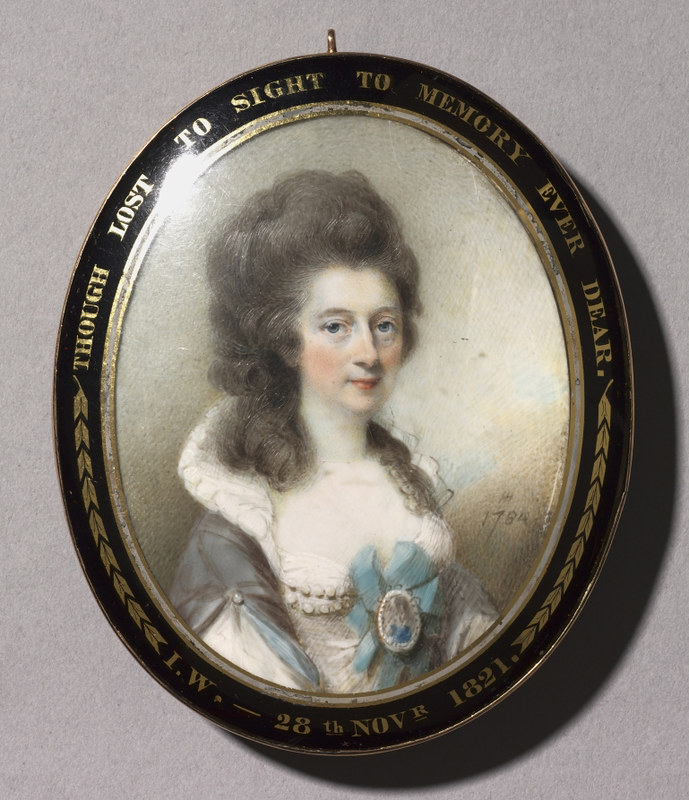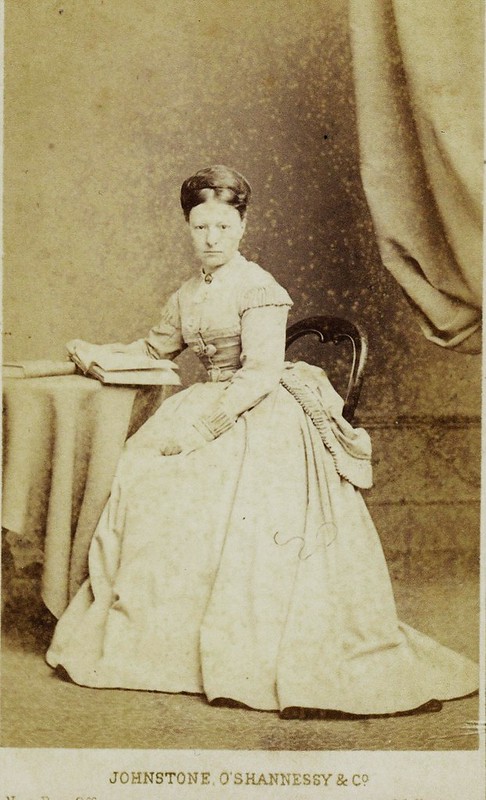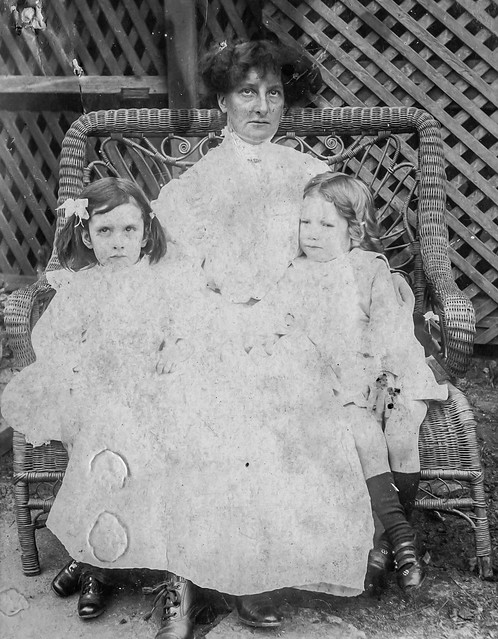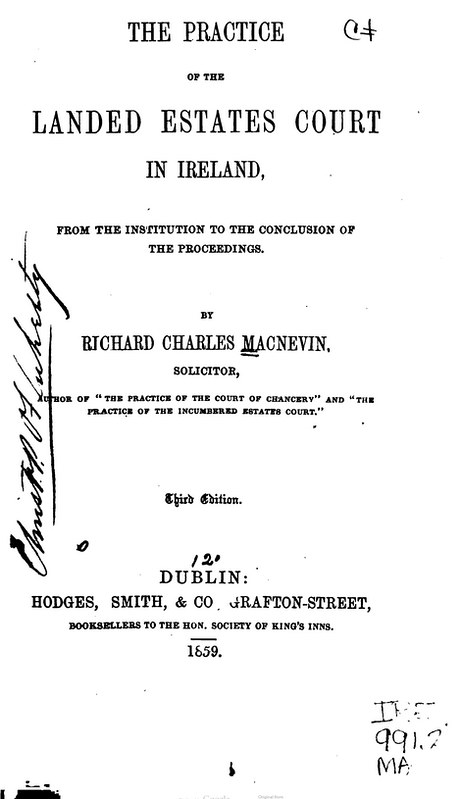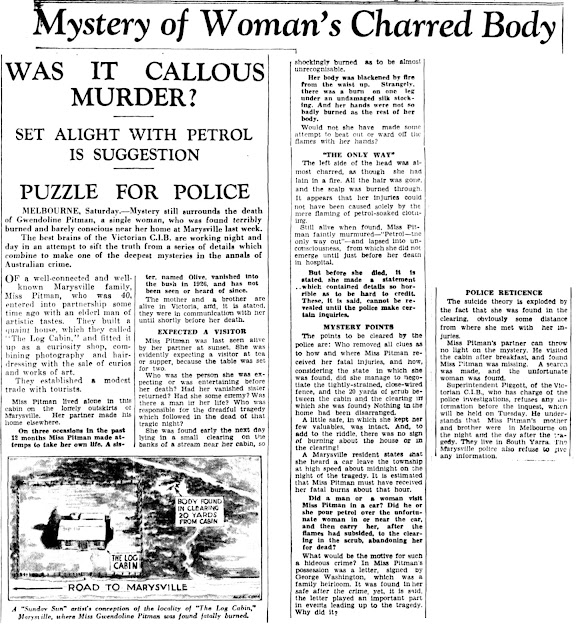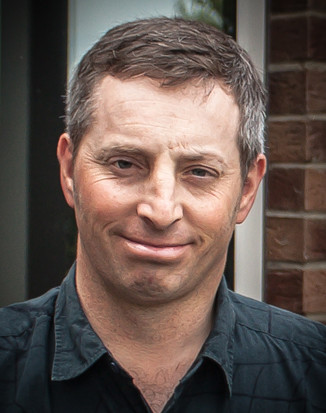52. Ancestors...What have you done?
Recent discovery of my all male line, could now have uncovered quite an interesting tale.For me, it's turned history, a little on it's head.
See, I'm a Fitzgerald (with a little "g") and my genetic research of the past 6 years, is wanting to see what is my Fitzgerald story. Where ever it lands, is where ever it lands. But my hypothesis lands that we maybe off a derivative Fitzgerald line via the Desmond's.
The areas of Cork, Limerick and Kerry, are most definitely on the genetic radar.
However, in the past 10 years of normal research, I am very conscious that there are 2 sides of the story, that sits in Ireland. Does my surname bear with it, a British flavour or is it truly an Irish one. I've learnt with reading history, you can't really be both / in the middle or bi-partisan, you're either on one or the other.
Being a Fitzgerald, from a genetic point of view, is brain numbing. Simply because there were many branches, playing "dynasty" with each other. Now as history puts it, it has shown quite the mixing with the local Irish. Hence where the term came from "more Irish than the Irish".
From our own research, we share in a Cork City residence around the year of 1800, with great confidence. We are of the South Parish - St Finbarr's Church (RC). And apparently lived in Dunbar St. Two other known Paternal families (that later settled in QLD & NSW Australia), were also identified as being from the same Church (Lynch's & Sheehan's).
My Male Irish Immigrant Fitzgerald - Thomas , shows an 1810 record, on where he was baptised (South Parish Church), with the Father being William & Mother Catherine (nee Godson).
Catherine's surname - Godson, has the potential to be of a derivative of a similar name.
My Fitzgerald's - Thomas & Elizabeth (nee Ambrose), were married in 1837, under the "Cork & Ross Diocese". There is no placement or church to depict where they got married, but Thomas somehow transited over from RC, to being of the Protestant religion, as it was noted on the Immigration paperwork, when they arrived in Sydney, Australia in 1840.
They emigrated from Cork around early 1840 and wound up in Sydney, Australia at the very end of 1840. Thomas arrived as a "wheelwright" and also noted as a Carpenter, so the potential thought was to find if he had family history of woodworking or by having a trade vs being a farm laborer or land owner. Thomas was never found to have an estate or being a land owner in Ireland.
Using Thomas as a base, and his known Father being William of Cork City, it is highly suggested that William's Father was a Maurice. This Maurice is quite difficult to track down, as his timeline is hard to match up with other known Maurice's of Co. Cork & Cork City.
So I'm hoping that we can get a story to see which Maurice - our putative Maurice is.
Using the Y-DNA, it highlights on a dominant connection with the Fitzgibbon name.
It also highlights a 3 matches show "more than" 95% chance, that the link may lay around 15-17 Generations back. Possibly 17-19 maybe the better answer?
The thing is, we have no known Fitzgibbon ancestry, that we know of.
Now this is where it gets a bit tricky and interpretation is still quite open, on how to view the below, but I'm being very open minded to all points of view.
Somehow, we now also share a connection, to around same generational era of the Fitzgibbon's, to a very well documented English name of Gookin.
I had no clue what this meant initially, but further in-depth research, found that the Gookin name appeared in Co. Cork / Cork City around the 1600-1610 era.
With further research, it was found that this name was connected via 2 men - Sir Vincent Gookin of Courtmacsherry Co. Cork and Daniel Gookin of Carrigaline Castle Co. Cork.
It is understood that this lineage of Gookin's, descended from Ripple Court in Kent, England.
And they were placed in Cork during a later "Elizabethan plantation period" of Munster at around the first few years of 1600.
Genetics have shown that the one (1) Gookin named match, is very slightly closer to myself (in percentage of relatedness), than the two (2) Fitzgibbon named matches. Even though, these 3 close matches share the same GD (Genetic Distance) of 6 to myself.
It is not known how we all connect or even indeed why we connect, but there will be some sort of back story here somewheres, that I believe may not be a happy outcome. But current genetic information and the interpretation of it, has placed my Fitzgerald name in some form of small population group, that deals with the period of 1600AD and most possibly of Cork City or very close surroundings of the city.
It can't tell me why just yet, but I have the feeling that this era, shows a scattering of this group after this 1600 period. This story, has the potential to prelude or indeed, include the Cromwell period as well. Current genetics, cannot tell me of exactness just yet, but the base of information certainly puts your mind in that train of thought. Particularly when you know what happens in Ireland, during the era from 1580-1610.
And to point out all of this, with a plausible twist of fate, if the above does become true and my name is linked to the Gookin story with the Fitzgibbon's, it has the potential of revealing a true reality of this harsh past. When researching this era, not many stories end in a "happy ending" for all.
It is not known which Gookin man connects to us - Sir Vincent or Daniel.
But Daniel Gookin took hold of Carrigaline Castle and I think he was the 2nd or 3rd owner of the Castle since it was taken in possession by Elizabethan forces. The Castle was held by the Fitzgerald's (Earls of Desmond).
Now just 3km's East of this Castle, was the property of "Coolmore", which was at that time, in the hands of the Newenham's. This Coolmore property, is of my Maternal Newenham family line.
It's very difficult to grasp how a story linked to around the 1600 era, could show a plausible Paternal story - living just 3km's away from my Maternal family.
Now, genetics have shown, that my Father and Mother are not related. However, there is, quite a multiple of small segments of DNA, that do show that something is there, but it is below 4cM's.
So in a genealogical sense, they are not related. But most certainly, I do believe somewhere in Cork, my Paternal line had great potential to cross paths with my Maternal family, whether in business deals or whatever.
On a last note, with very recent genetic information, I am challenging the hypothesis that my Paternal Grandparents may have had Fitzgerald connections in Co. Kerry. Killorglin and Killiney are places of my Paternal Grandmother's ancestral homes. Her families had contact with other very close related families of the Fitzgerald's, in particular around the eastern edge of the Tralee township and on the Dingle Coast.
You couldn't script this, even if you tried.



